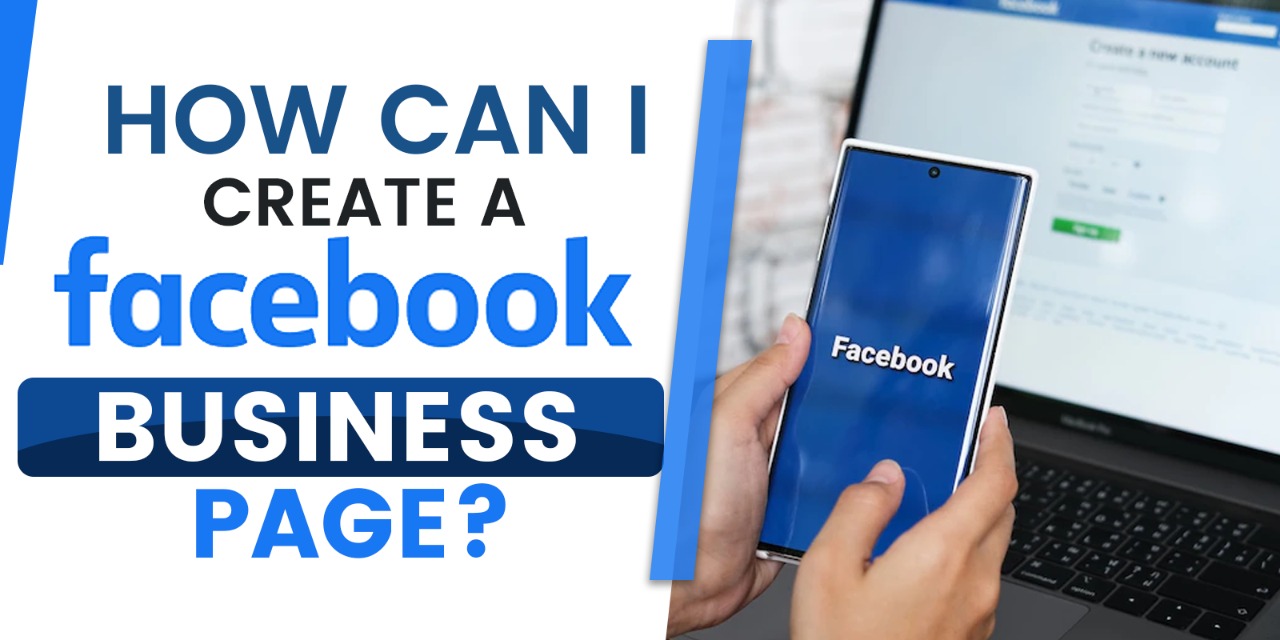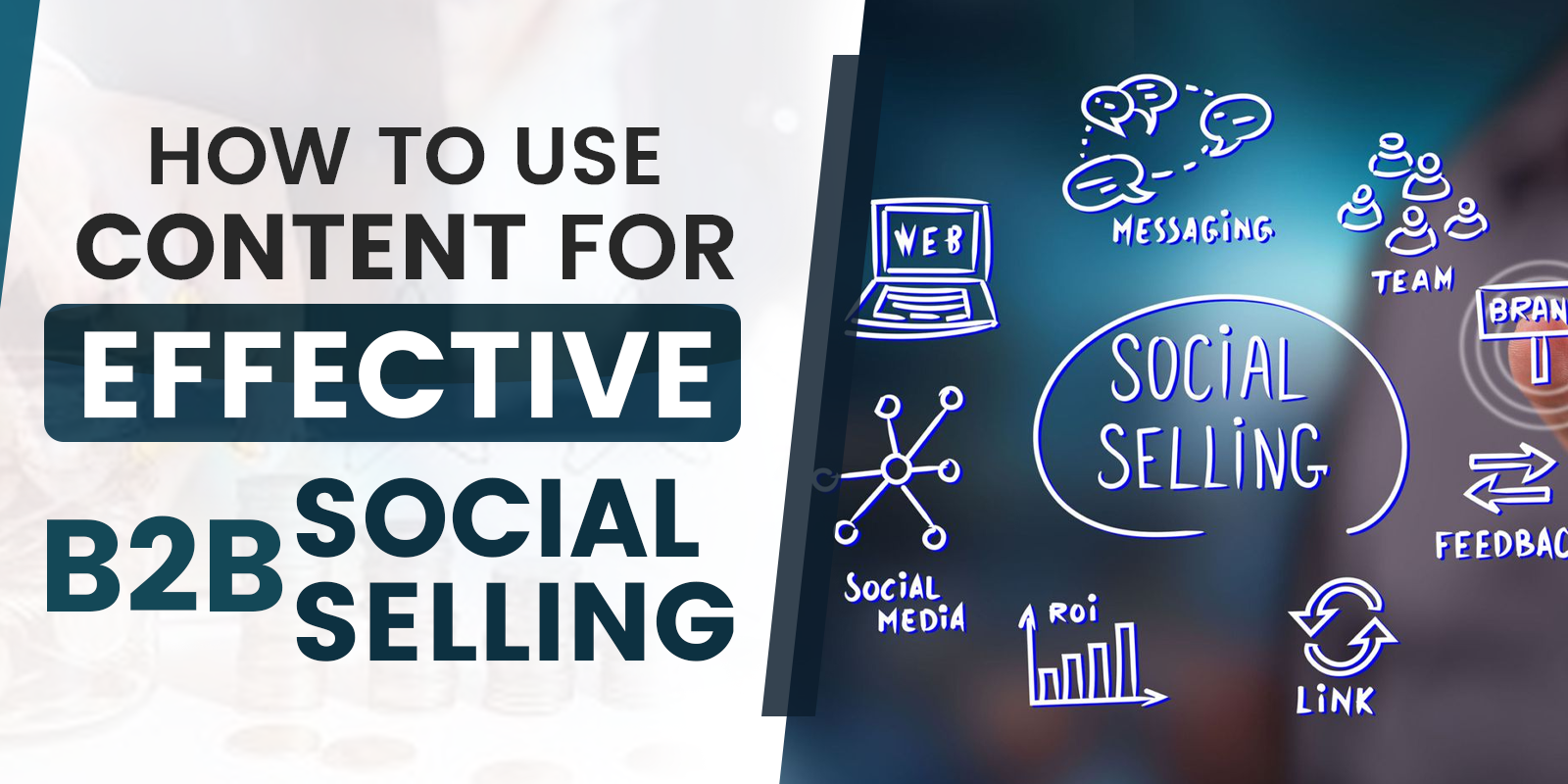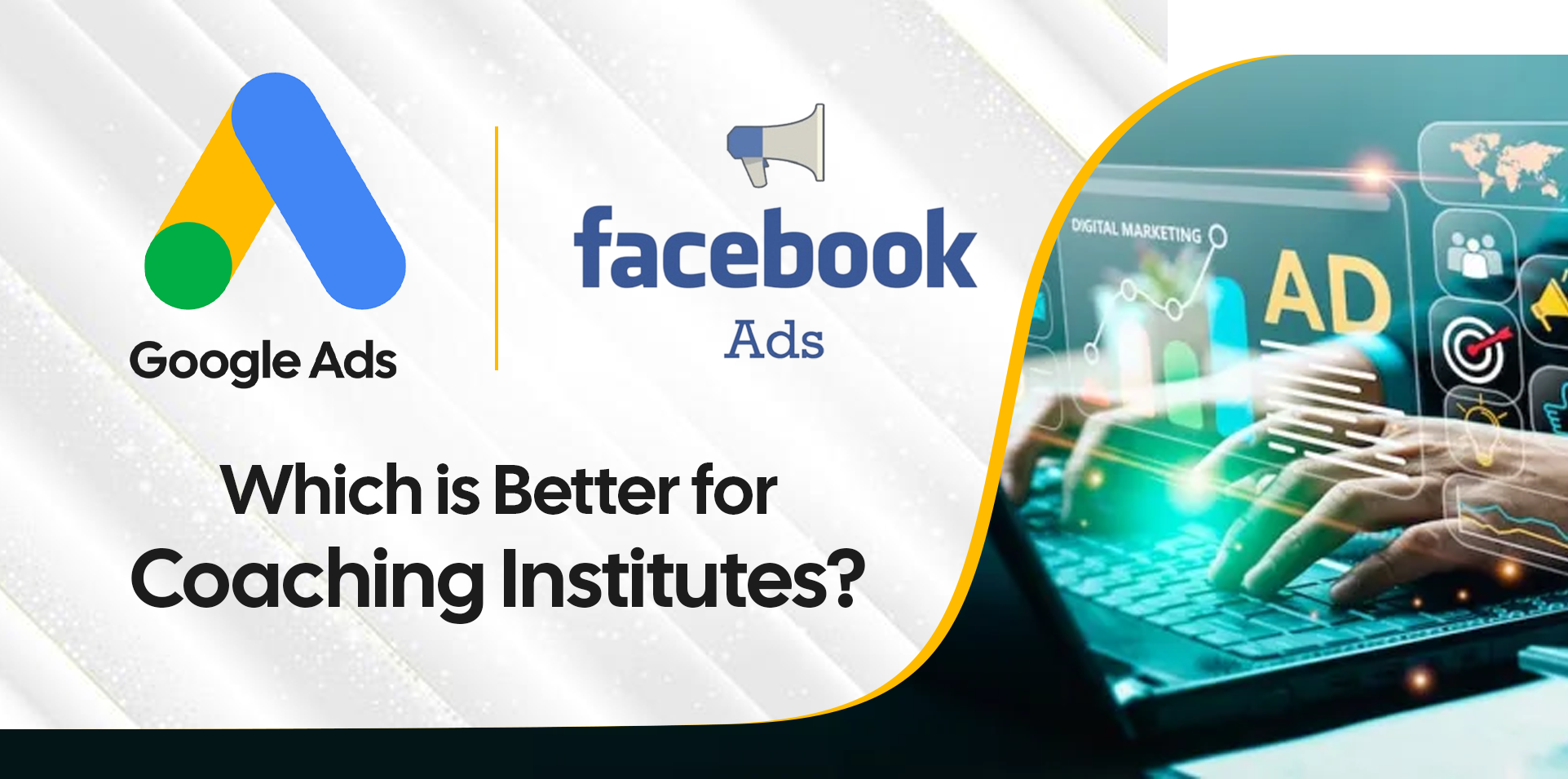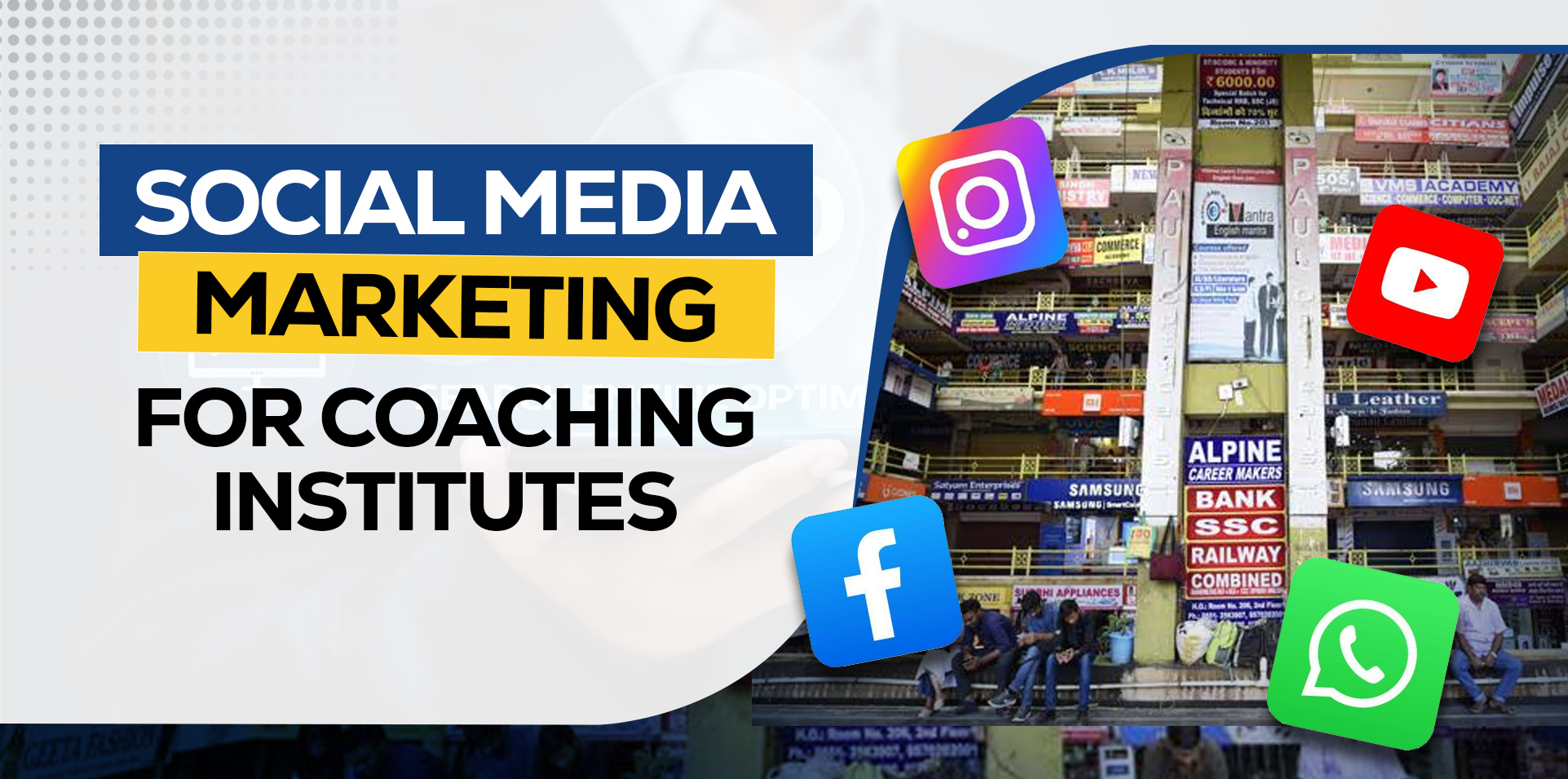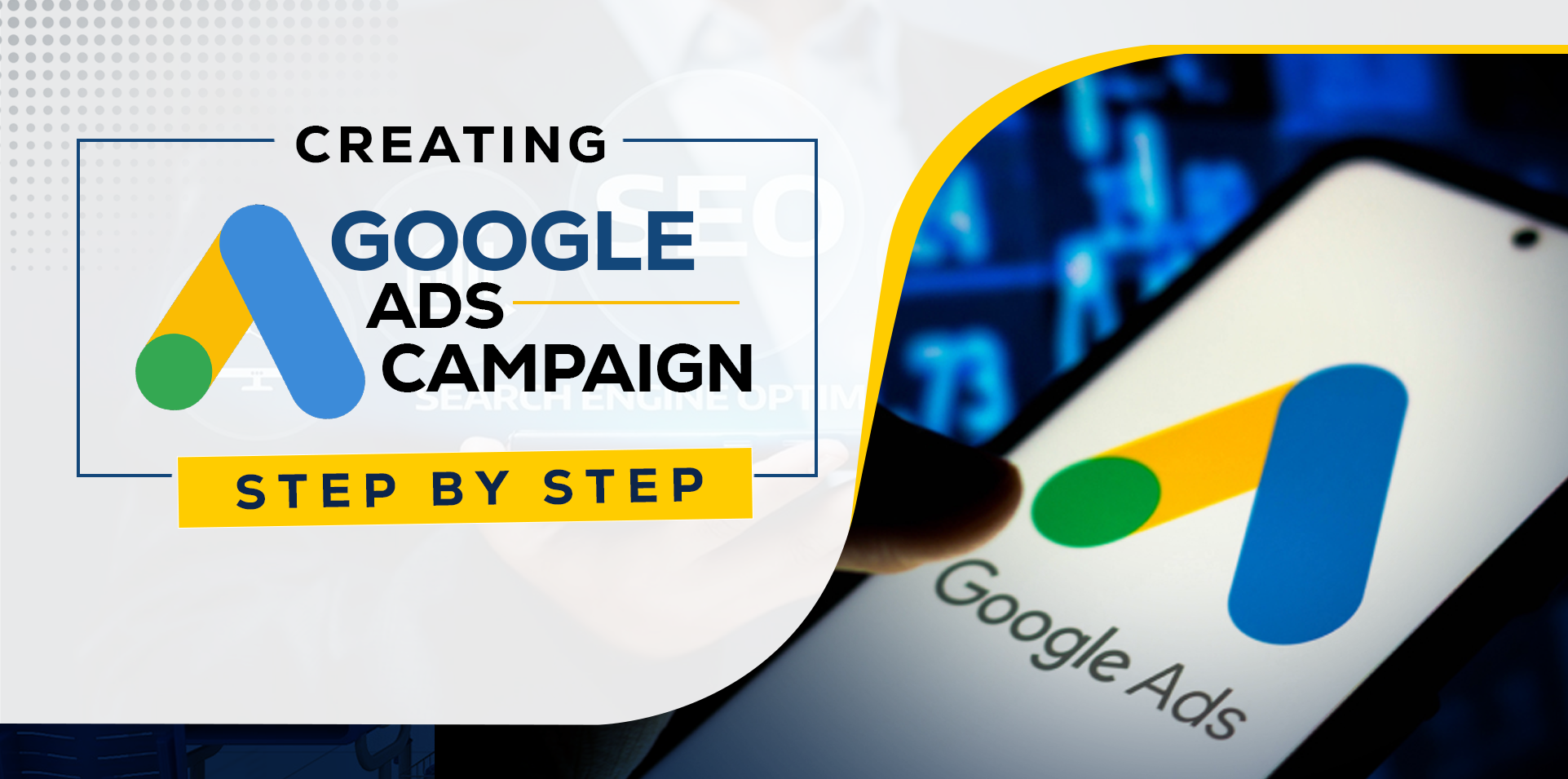Top Digital Marketing Trends to Watch in 2024
-
Social Bull
-
2024-12-19 00:00:00
Table of Contents
Do you remember the evolution of digital marketing? I’ll tell you. It was the post-covid era, when people actually came to realise the power of digital marketing. Now, since its inception the world of digital marketing is transforming day by day with new innovations and experimentation. These innovation can be in technology, user behaviors or strategies. But, it is important for any business to follow the marketing trends and stay ahead of it. The evolving trends include AI, video content, and SEO practices. Here’s an in-depth look at the most significant digital marketing trends to watch this year.
1. AI-Driven Marketing: Revolutionizing Campaign Precision
Artificial Intelligence (AI) has become the backbone of many successful digital marketing strategies. In 2024, AI’s influence spans content creation, customer insights, and dynamic advertising.
Key applications include:
- Content Ideas: Tools like ChatGPT generate content outline and ideas for blogs, ads, and even videos. This helps the content writer in writing effective content pieces that can generate results.
- Predictive Analysis: AI processes vast datasets to forecast consumer behaviors, enabling proactive marketing campaigns.
- Dynamic Ad Campaigns: Automated systems optimize ad placements in real-time, ensuring maximum ROI. You can develop strategies by understanding the user behaviour and optimize the display ads accordingly.
AI enables businesses to scale operations while providing a personalized experience for customers.
2. Video and Interactive Content: Dominating User Engagement
Video content remains a powerhouse in digital marketing. Platforms like TikTok, Instagram Reels, and YouTube Shorts drive the trend for short-form videos, while live-stream events and interactive formats continue to grow.
- Shoppable Videos: Direct purchase options in video content make buying seamless for users.
- Interactive Features: Polls, quizzes, and AR/VR enhance engagement, offering unique user experiences.
- Live Video Streaming: Product launches, tutorials, and Q&A sessions build real-time connections with audiences.
Video content not only captures attention but also fosters meaningful engagement, making it an essential component of modern strategies.
3. Search Marketing: Beyond Traditional Keywords
Search engine optimization (SEO) is evolving as user search habits shift. In 2024, conversational and intent-based search optimization is crucial.
- Voice Search Adaptation: Optimizing for voice-driven platforms like Alexa and Siri ensures visibility.
- Conversational AI: With tools like ChatGPT handling user queries, content needs to address direct, context-rich questions.
- Zero-Click Searches: Structured data and snippets help brands gain visibility even when users don’t click through.
SEO strategies must now focus on intent, ensuring content answers user queries comprehensively and concisely.
4. The Importance of First-Party Data
With third-party cookies becoming obsolete and stricter privacy regulations like GDPR in play, first-party data is more valuable than ever.
Strategies for leveraging first-party data include:
- Customer-Centric Campaigns: Personalized offers and experiences based on voluntarily shared user data.
- Ethical Data Collection: Transparency builds trust and encourages users to share their information.
- Loyalty Programs: These incentivize data sharing while fostering long-term customer relationships.
This trend emphasizes respect for consumer privacy while enhancing personalization.
5. Omnichannel Marketing: Creating Seamless Experiences
In 2024, brands are doubling down on omnichannel strategies to ensure consistent and unified customer experiences across platforms.
- Cross-Platform Consistency: Integrating email, social media, and paid ads for a cohesive user journey.
- Personalized Touchpoints: Using customer data to deliver relevant messages at every interaction.
- Smart Attribution Models: Advanced tools measure the impact of each channel, optimizing marketing spend.
By unifying efforts, businesses can provide value at every stage of the customer journey.
6. Link Building: Quality Over Quantity
Link building continues to be a cornerstone of SEO, but the emphasis in 2024 is on earning high-quality, authoritative backlinks rather than sheer volume.
Trends in link building include:
- Digital PR Campaigns: Creating shareable, newsworthy content helps attract organic backlinks from credible sources.
- Collaborative Content: Partnering with influencers, bloggers, or other brands to co-create content expands reach and link opportunities.
- Niche-Specific Strategies: Focused link building in relevant industries ensures stronger authority and ranking improvements.
Google’s evolving algorithms favor natural, high-quality links, making strategic link building a critical focus for SEO success.
7. User-Generated Content (UGC) and Influencer Marketing
Consumers trust recommendations from their peers, making UGC and influencer collaborations powerful tools for building authenticity and engagement.
- Micro and Nano-Influencers: These influencers have smaller but highly engaged audiences, delivering better ROI.
- UGC Campaigns: Encouraging users to share experiences boosts trust and fosters community.
- Long-Term Partnerships: Authenticity is enhanced by ongoing influencer relationships, rather than one-off sponsorships.
UGC and influencer marketing build trust and foster organic promotion, aligning with consumers’ preferences for relatable content.
8. Sustainability and Ethical Branding
Consumers increasingly demand that brands demonstrate social responsibility. Ethical practices and sustainability efforts have become essential to marketing strategies.
Key strategies include:
- Eco-Friendly Campaigns: Highlighting carbon neutrality or environmentally friendly products resonates with conscious consumers.
- Cause Marketing: Aligning with social causes strengthens brand loyalty.
- Transparency: Open communication about ethical practices builds consumer trust.
Businesses that align with these values can build lasting relationships with their audiences.
9. Augmented Reality (AR): Enhancing the Shopping Experience
AR tools are revolutionizing e-commerce, offering immersive experiences that bridge physical and digital worlds.
- Virtual Try-Ons: Customers can test products like clothing, cosmetics, or furniture through AR before purchasing.
- AR-Enabled Ads: Platforms like Snapchat and Instagram are using AR to boost user engagement.
- Location-Based AR: Campaigns tailored to specific geographic areas attract localized audiences.
AR enhances the online shopping journey, driving conversions and reducing returns.
10. Automation and Chatbots: Streamlining Engagement
Automation tools are empowering brands to manage campaigns and interactions more efficiently. Advanced chatbots, powered by AI, are transforming customer service.
- Conversational AI: Chatbots mimic human interactions, offering 24/7 customer support.
- Automated Email Campaigns: AI personalizes and delivers emails based on user behavior.
- Task Automation: Tools handle repetitive tasks, freeing teams to focus on strategy.
These technologies reduce operational costs while enhancing the customer experience.
Conclusion
The digital marketing trends of 2024 highlight the importance of innovation, personalization, and ethical practices. From AI and AR to enhanced link building and sustainability initiatives, marketers have powerful tools to connect with audiences meaningfully. By embracing these trends, businesses can position themselves for success in an increasingly competitive digital landscape.



.jpeg)
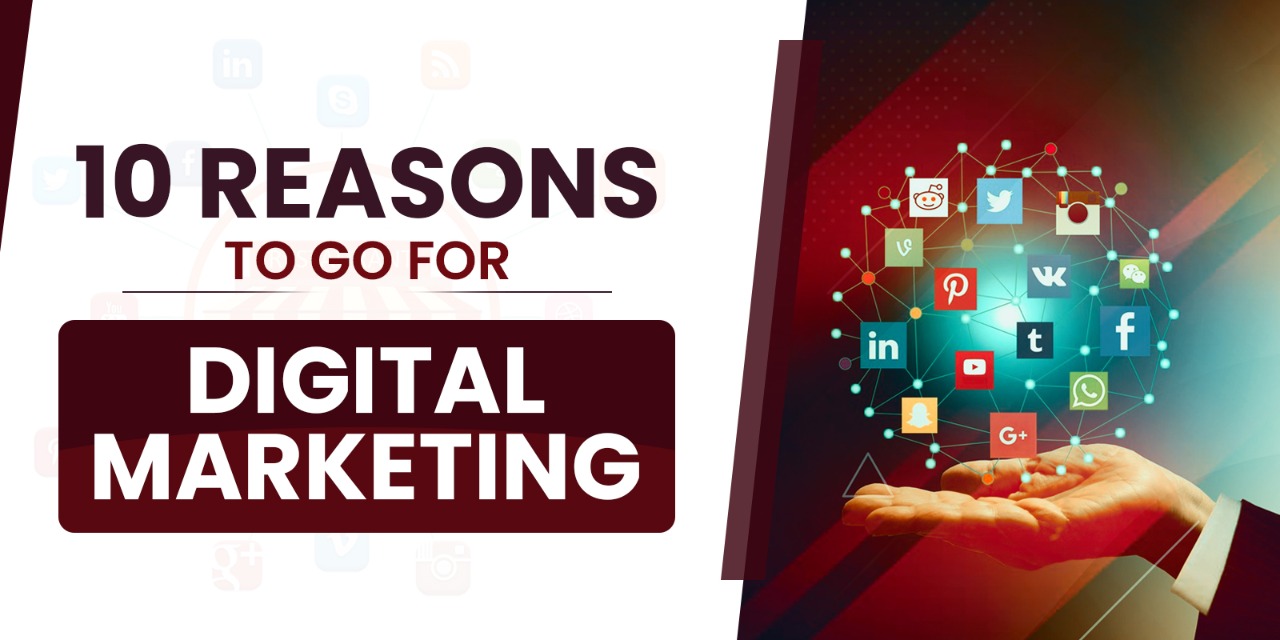
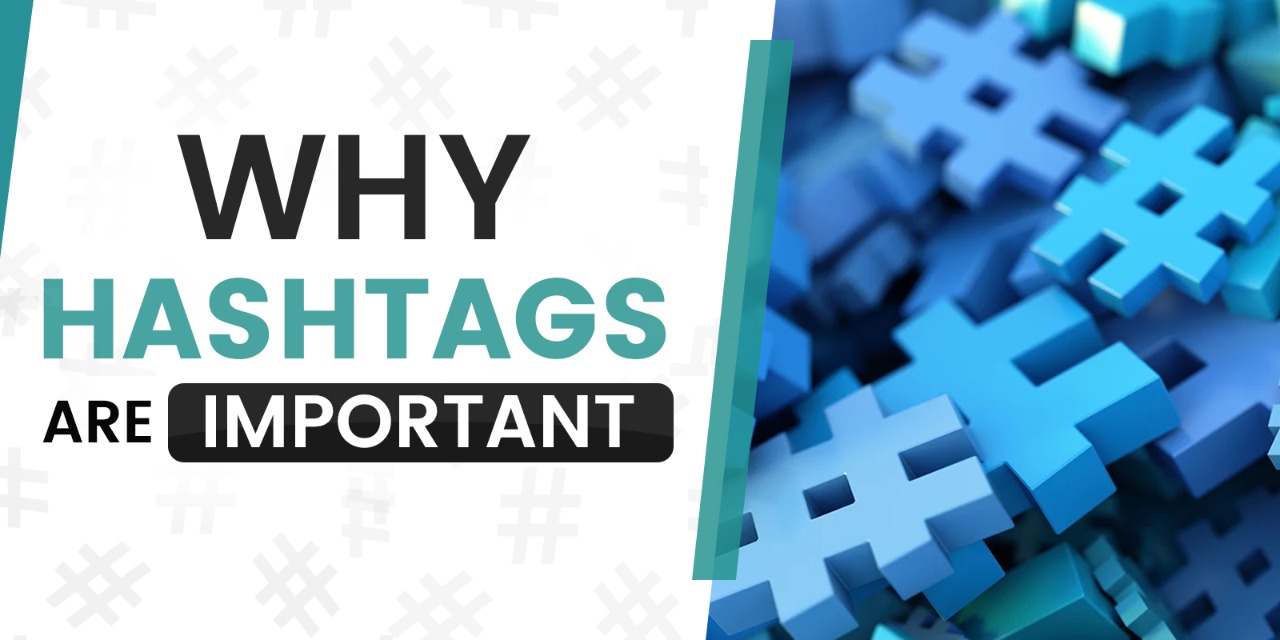
.jpeg)



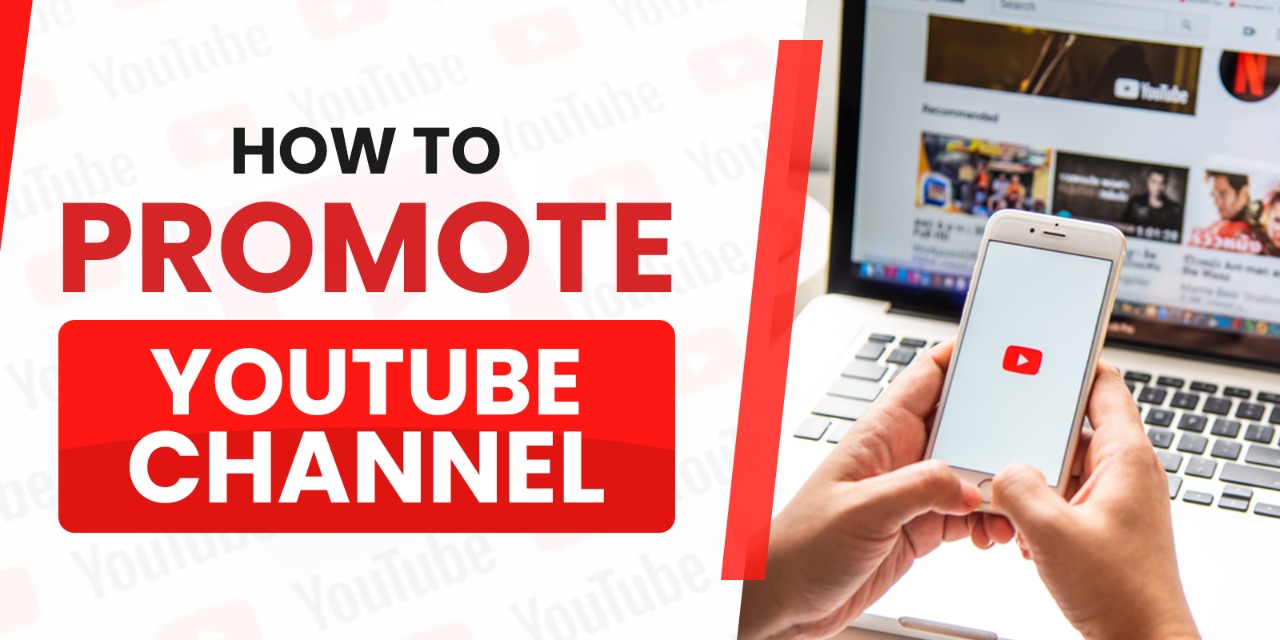

.png)

.png)


